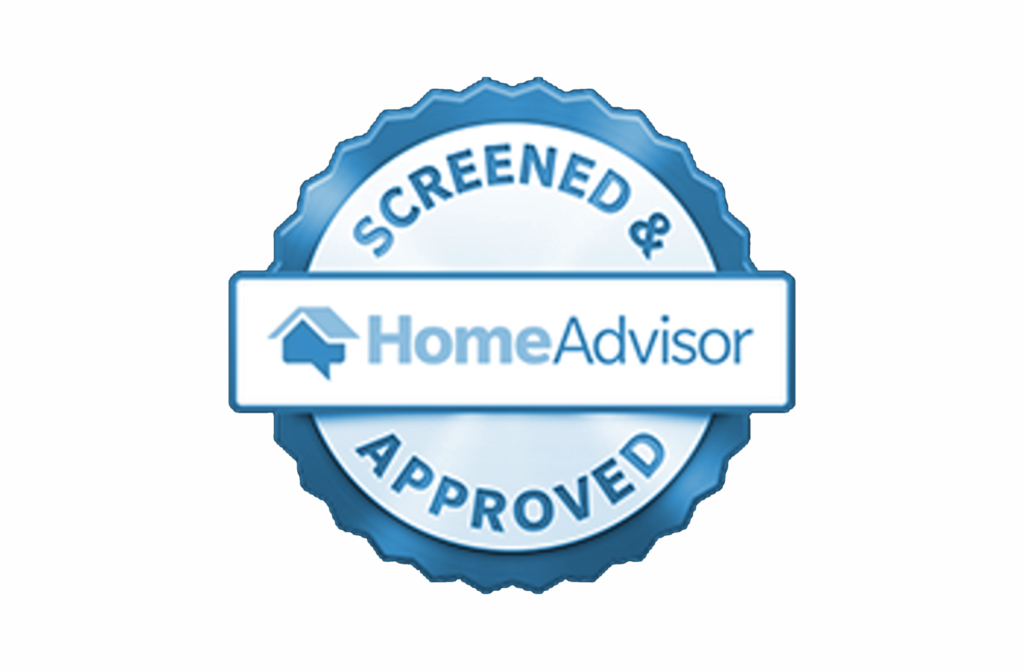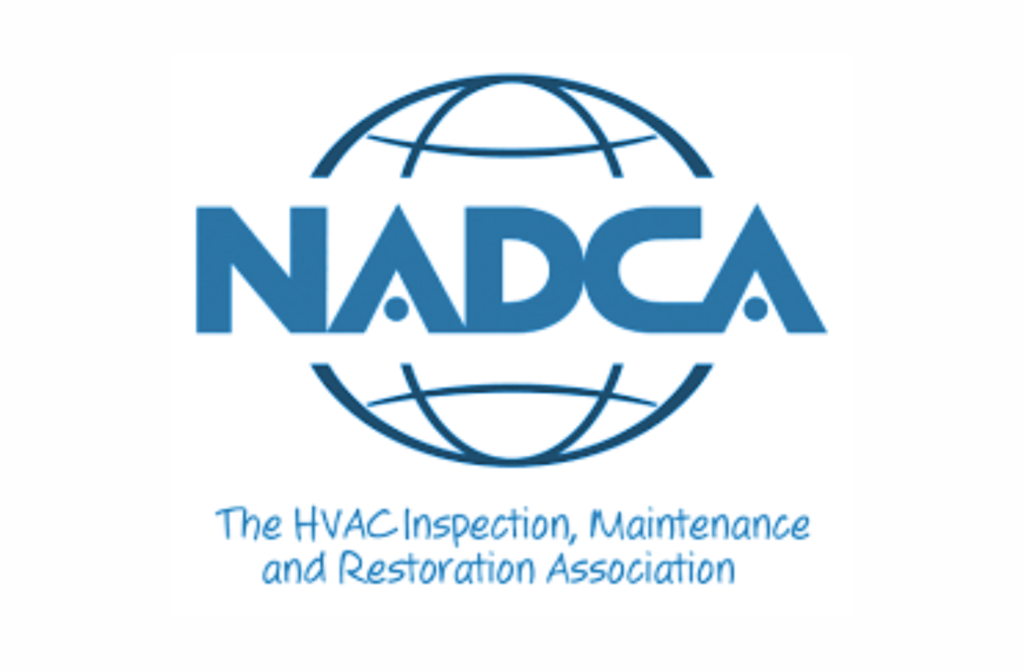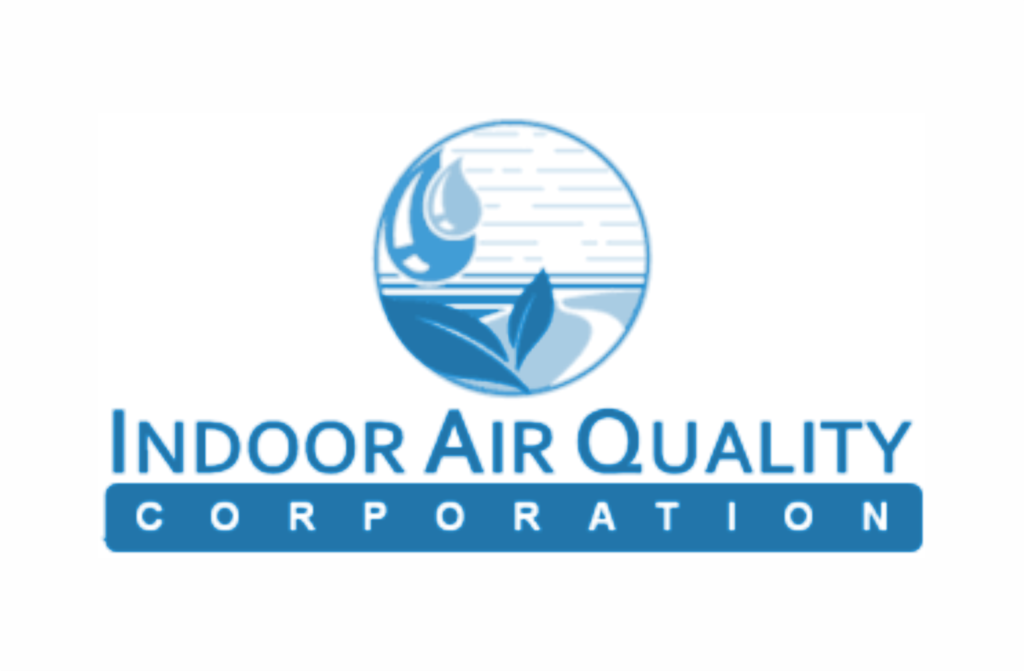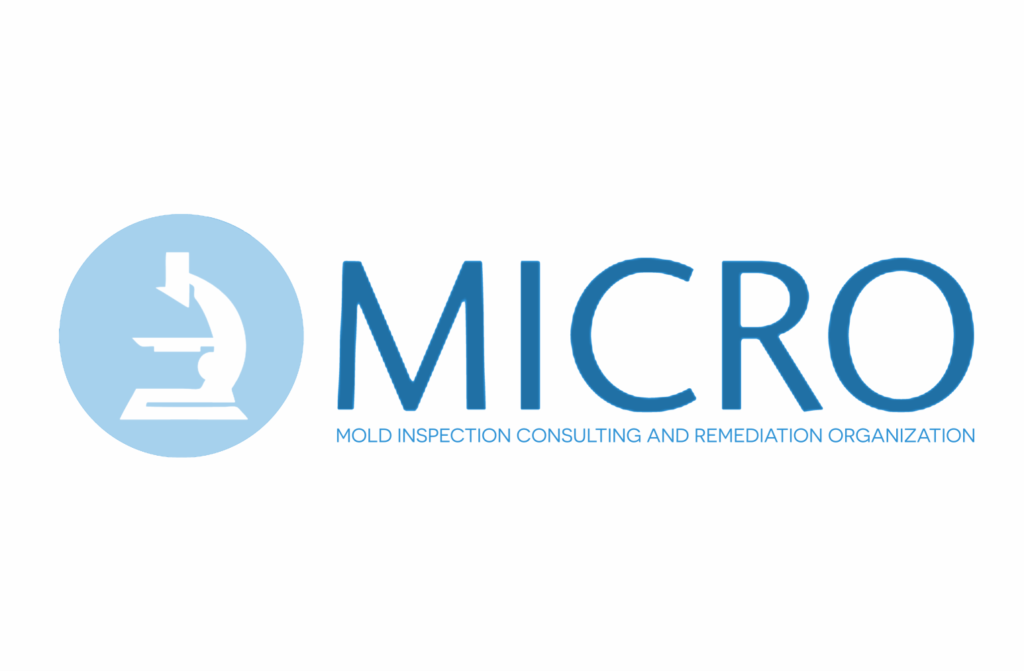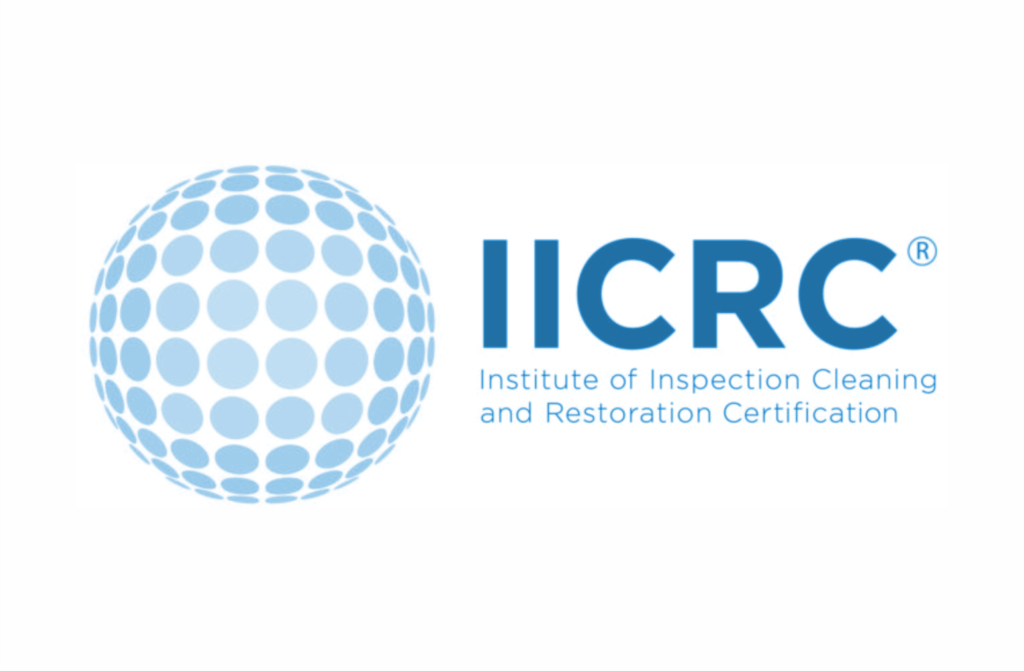Frequently Asked Questions
Mold is a naturally occurring fungus that reproduces by making spores. Mold species grow indoors and outdoors in warm, damp, and humid conditions. There are many different species of mold (estimates range as high as over 300,000 types). Mold decomposes organic materials (wood, plants, and animals). It’s found in high concentrations wherever there is dead matter (leaves, manure, compost).
Some molds (such as black mold) are dangerous to human health.
Mold growth requires nutrients, water, oxygen, and favorable temperatures. Nutrients required by mold can be found in a dead organic material (wood, paper, and fabric) and some synthetic products (paint and adhesive). The required moisture can come from standing water and even high humidity. The ideal temperature range is 40°-100°F. Outside of this range, mold can become dormant, but it will grow again when temperatures return to that range. Florida’s warm, humid climate is ideal for mold growth. VHS.
Mold spores enter your property every time you open a window or door. They also travel by attaching to your clothing, animal hair, or objects that are brought into your building.
Our cost for mold testing is only $130 per sample. Testing requires a minimum of 2 samples (air or bio-tape).
If you can see mold, microbial discoloration, or residue, testing is not needed. Mold testing is only necessary to determine if there is any active migration of microbial spores in the interior structure of your home or business. Testing a sample by air, a bio-tape lift, or a swab sample is the only way to determine if a substance is mold. Inspectors and remediators use testing to identify the type of mold: there are over 100,000 kinds of mold spores and each has its own characteristics. Proper identification aids in the elimination.
No. A mold inspector is only able to tell you that the damaged areas show the same characteristics as microbial growth. A mold inspector can only perform an assessment of the damage and determine that it may have been caused by microbial growth. For an accurate diagnosis of mold and a determination if it’s active, you need mold testing.
If the damaged area is less than 10 square feet and fully visible, you can clean the area yourself without hiring a mold remediator. If the damage is more extensive or has gotten inside the walls or into the materials, you should hire a certified mold remediator.
Mold thrives in places with high moisture levels, so it’s most likely to develop in kitchens, bathrooms, laundry rooms, crawlspaces, and basements. If any part of your building has flooded, there is a risk of mold.
Mold spores can become airborne and attach to any surface in your home or business, including the HVAC system. Due to condensation, the HVAC system can provide them with the heat and moisture they need to thrive.
Complete professional HVAC system and line cleaning should be performed every year. Filters should be changed every month. Commercial systems equipped with HEPA filtration should have their filters changed every three months.
For a full discussion of filters, please see our Air Duct Cleaning page.
The most common mold spores found indoors are these:
- Alternaria
- Aspergillus
- Chaetomium
- Cladosporium
- Curvularia
- Epicoccum
- Humicola
- Oidiodendron
- Penicillium
- Stachybotrys – Commonly called “black mold"
- Memnoniella – Like the "sister" to Stachybotrys
- Trichoderma
- Stemphylium
Mold does not affect everyone the same way. Some people are more sensitive to mold due to genetics or respiratory conditions (such as asthma). Children under one year of age may be more susceptible than older individuals.
Determining exposure levels is very difficult. “Exposure” can include mold that is taken in by breathing, but it may also occur through ingestion of absorption through the skin. A building with mold in the walls may have very little that enters the airflow. People living or working in such a building would have very little mold exposure.
Since mold thrives on moisture, the single best preventative step is to keep the humidity (moisture) level below 50% at all times. If there is a source of moisture (such as a leak), it should be stopped and the area should be fully dried within 24-72 hours.
If you detect an unusual musty odor and cannot identify its source, a good preventative measure would be to contact a certified mold assessor for an inspection or test in the affected area(s).
